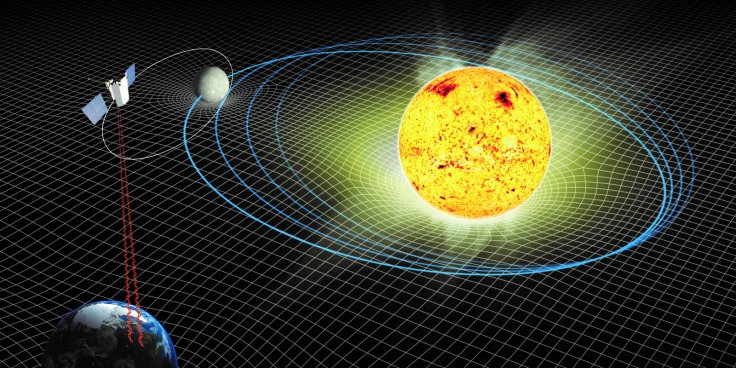
A rare cosmic event will take place next week as Mercury perfectly lines up in front of the Sun from Earth's perspective. The transit of Mercury and the Sun can be viewed from Earth using special safety equipment. The event, known as the transit of Mercury or the Mercury-Sun transit, occurs when the planet passes directly in front of Earth's host star. Usually, Mercury only passes below or above the Sun.
This particular event only happens about 13 to 14 times per century. This means that after the upcoming event, the next Mercury-Sun transit could take place sometime in 2032. Aside from its rarity, NASA explained that the transit of Mercury over the Sun is a special cosmic event because it is one of the two planets in the Solar System that orbits closer to the Sun than Earth. The other planet that is known to do this is Venus. According to NASA, the transit of Mercury will occur on Nov. 11.
"The sky will put on a stellar show on Nov. 11, 2019, as Mercury crosses in front of the Sun," NASA announced in a statement. "From our perspective on Earth, we can only ever see Mercury and Venus cross in front of, or transit, the Sun, so it's a rare event you won't want to miss!"

The agency confirmed that this year's Mercury-Sun transit will begin at 7:35 am EST and is expected to last for about five and a half hours. As Mercury perfectly lines up in from of the Sun, it will appear as a tiny dot on the star's surface. Due to the massive size difference between these two cosmic bodies, Mercury will be about 0.5 percent of the Sun's total diameter during the transit.
Since the event would involve looking directly at the Sun for a long time, NASA strongly advised those planning to catch the transit to do so in a safe manner. The best way to do this would be to use binoculars or telescopes with powerful Sun filters. As for those who do not have access to these kinds of equipment, they may check their local museums, observatories and astronomy facilities for special public viewings of the cosmic event.
"With the proper safety equipment, viewers nearly everywhere on Earth will be able to see a tiny dark spot moving slowly across the disk of the Sun," NASA stated. "Because Mercury is so small from our perspective on Earth, you'll need binoculars or a telescope with a Sun filter to see it. You might also be able to attend a viewing party at a local museum or astronomy club event."









